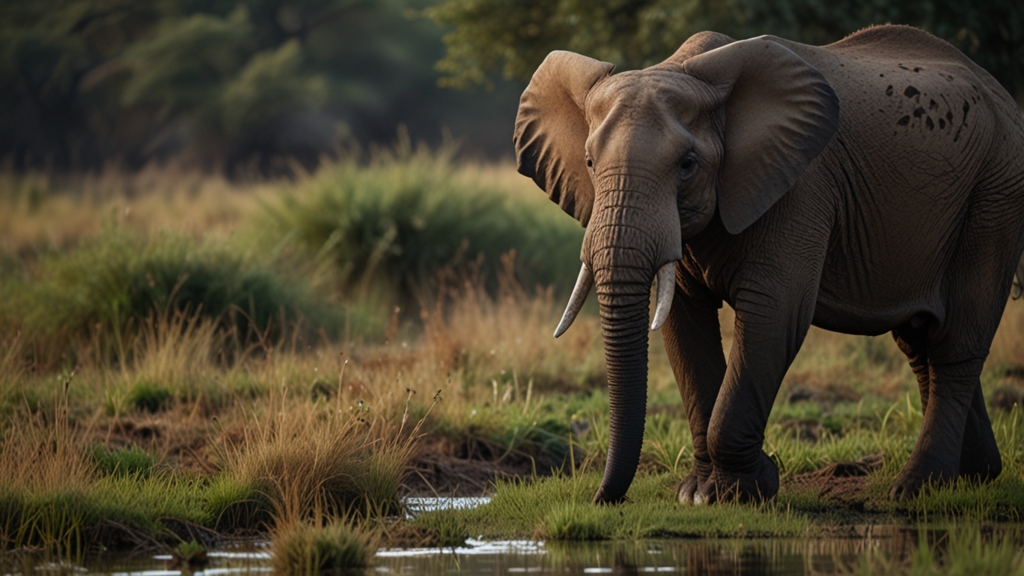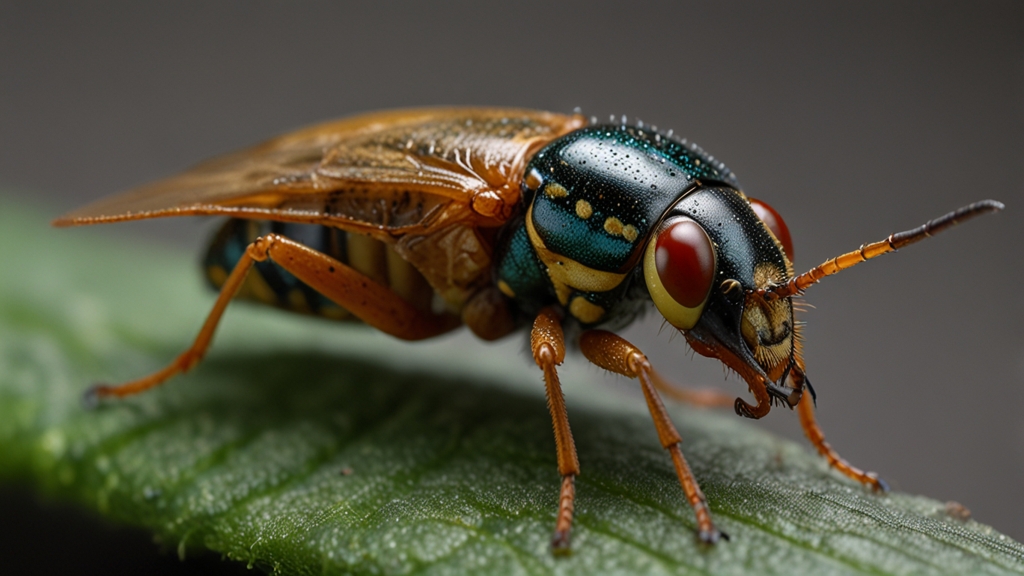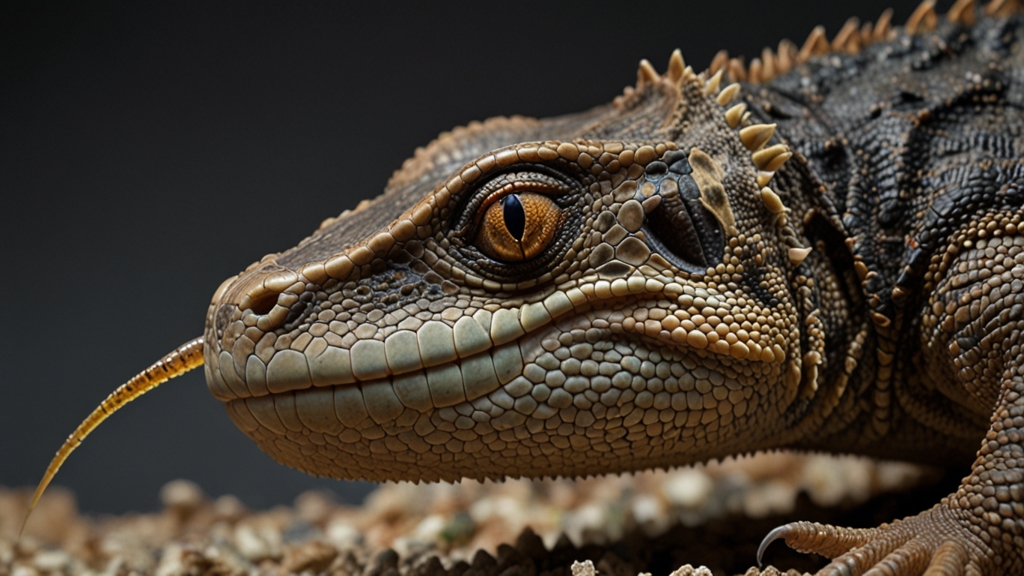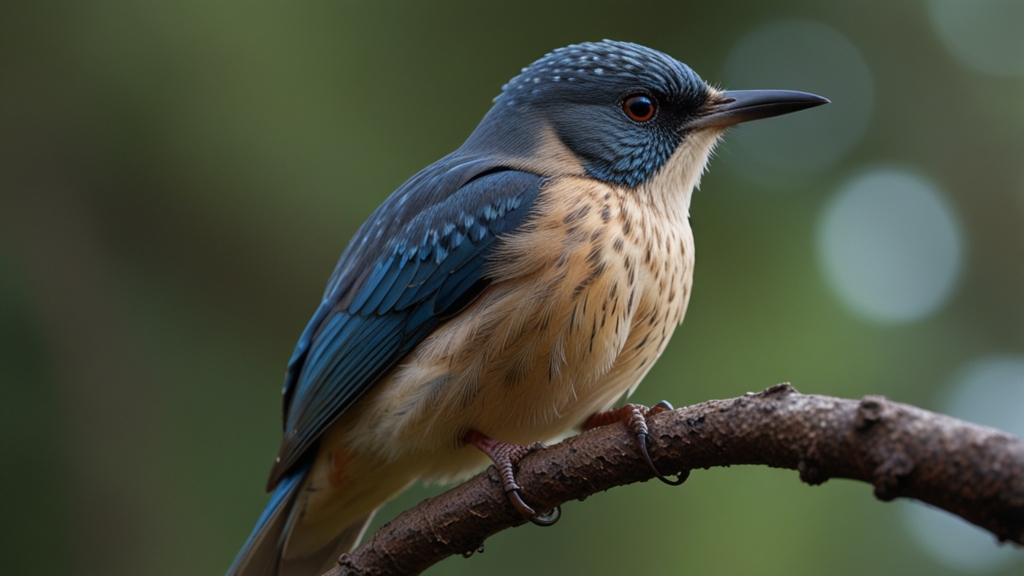Conservation in Crisis: The Future of Wildlife Amidst Human Encroachment
As cities expand and populations grow, the delicate balance between human development and natural habitats is increasingly under threat. The encroachment of human activities into wildlife territories stands as one of the most pressing issues of our time, raising crucial questions about the sustainability of conservation efforts.
“In this age of rapid urbanization, the boundaries between human and wildlife territories are becoming more porous, leading to unprecedented challenges in conservation.”
The Scope of Human Encroachment
Human activities—including agriculture, industrialization, and urbanization—have drastically reduced the spaces in which wildlife can thrive. Forests, wetlands, and grasslands are being converted into farmland, housing, and commercial developments. A study from the World Wildlife Fund (WWF) highlights that since 1970, the global wildlife population has decreased by 68%, primarily due to habitat destruction.
Moreover, the expansion of infrastructure, such as roads and highways, fragments habitats and disrupts animal migration routes. This not only affects individual species but also impacts entire ecosystems, jeopardizing the intricate web of life that sustains biodiversity.
The Ripple Effect on Ecosystems
The loss of species and habitats has far-reaching consequences. Ecosystems rely on a balance of predators, prey, plants, and microorganisms to function properly. When a species goes extinct or its numbers dwindle, it sets off a chain reaction, weakening ecosystem resilience and reducing biological productivity. The result is a diminished capacity to provide essential services such as pollination, water purification, and carbon sequestration.
“Every species plays a unique role in its ecosystem. Losing one is like removing a cog from a finely tuned machine; its absence can lead to irreparable damage.”
Conservation Strategies: Challenges and Innovations
Efforts to mitigate the impact of human encroachment are varied and complex, often requiring coordinated action at local, national, and global levels. Protecting and restoring habitats, establishing wildlife corridors, and implementing sustainable land-use practices are crucial strategies in the fight for conservation.
However, these efforts face significant challenges. Limited funding, political resistance, and fluctuating public interest can hinder long-term conservation projects. Additionally, climate change exacerbates habitat loss, making it even more difficult to safeguard wildlife populations.
Despite these obstacles, innovative approaches are emerging. Use of technology like satellite monitoring, drone surveillance, and AI-driven data analysis help in tracking wildlife movements and identifying critical habitats. Community-based conservation projects empower local populations to take an active role in preserving their natural surroundings, ensuring that conservation benefits both people and wildlife.
The Role of Policy and Education
Government policies play an essential role in conservation. Legislation that protects endangered species, regulates land use, and promotes environmental sustainability is vital. International treaties and agreements, such as the Paris Agreement and the Convention on Biological Diversity, set ambitious targets for conservation, encouraging nations to collaborate on a global scale.
Education and awareness campaigns are equally important. By informing the public about the importance of biodiversity and the threats it faces, these initiatives foster a culture of conservation. Schools, media, and non-governmental organizations (NGOs) can help inculcate a sense of responsibility and stewardship for the natural world.
“Effective conservation requires a multifaceted approach that includes strong policies, innovative technologies, and widespread public engagement.”
Looking Forward: A Sustainable Future
The road ahead is fraught with challenges, but there is hope. As awareness grows and technology advances, new opportunities for conservation are emerging. By integrating environmental considerations into urban planning and development, we can create spaces where both humans and wildlife coexist harmoniously.
The future of conservation depends on our collective ability to adapt and innovate. By forging partnerships between governments, NGOs, businesses, and communities, we can overcome the obstacles posed by human encroachment and ensure a thriving future for wildlife, safeguarding the planet for generations to come.












